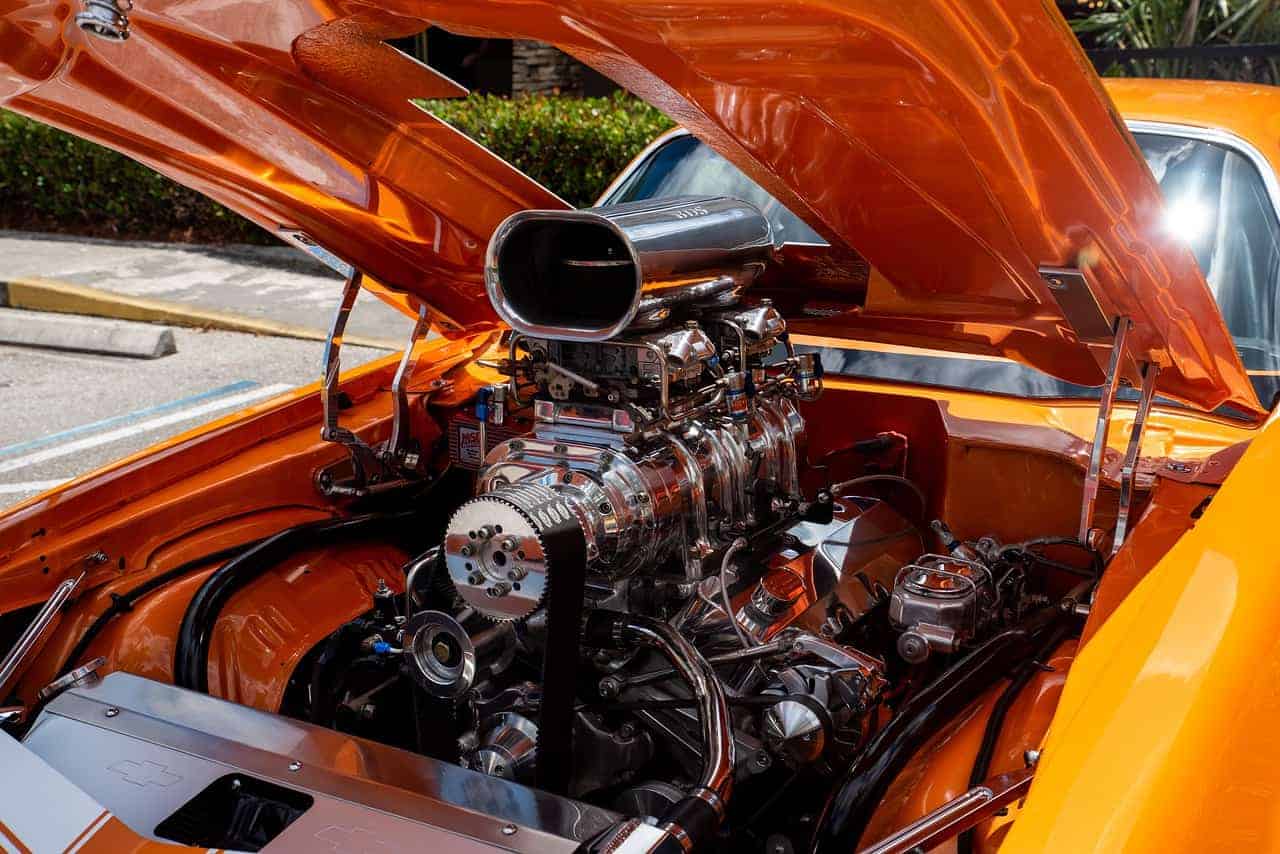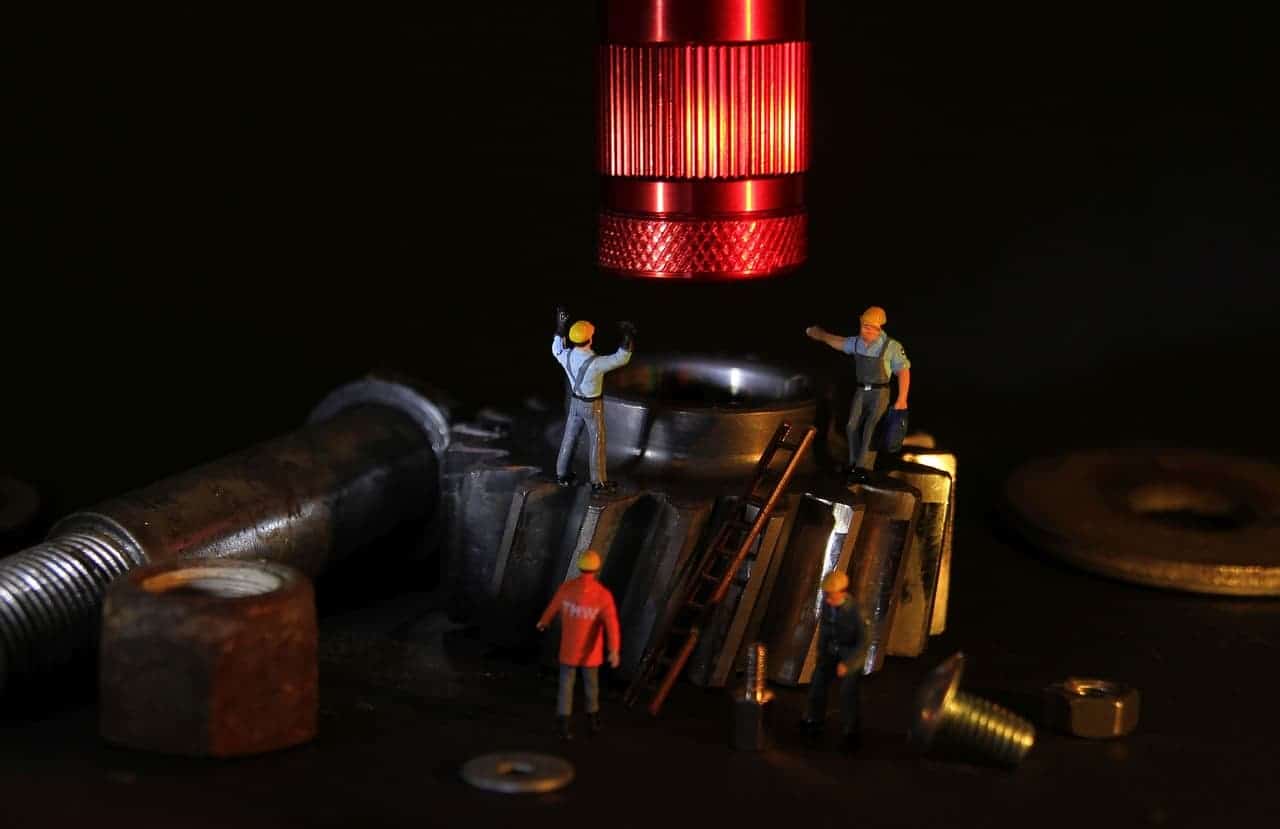If you have experienced a loss of power while driving, but later, the car’s power comes back when you restart the car, you may have just experienced your car’s limp mode. Limp Node is most likely to occur when you are driving at high speeds or accelerating quickly. Your car’s computer wants to protect you from causing damage to your car’s engine.
Limp mode is the safety feature built into many cars to protect the engine from damage. If your pushing your engine to the limit, the limp mode might be activated to prevent damage. Sometimes the computer will put the car in limp mode when it’s not necessary. Sometimes, just restarting the car after waiting 15 seconds will take you out of limp mode. Here are some major causes of Limp Mode:
- Transmission Issues
- Error in the Boost Deviation of the Car
- A Problem in the Cars Wiring System
- Leakage in the Battery Acid of the Car
- Modification to Your Car
If you notice the check engine light flashing on the instrument panel, this may be an indicator of limp mode. One way limp mode tries to protect your engine is by lowering engine power levels.
When I notice my car is in limp mode, it is my car’s way of saying, “Hey, your car might be in trouble, check it out as soon as possible.” The trouble might have occurred in the car’s transmission, computer, sensors, fluids, or wiring. To figure out what is going on, continue reading about possible problems and solutions.
Definition: Limp Mode

Let’s take a look at what limp mode is exactly:
The car has several computer-like modules that can detect problems. If one of these modules decides there’s a problem, it will try to prevent damage, sometimes by lower power or preventing the car from shifting into a particular gear.
This results in problems driving the car normally. The computer modules are trying to get you to fix the problem and will usually warn you with the check engine light. You are in ‘Limp Mode.’
If the check engine light is on, this doesn’t always mean limp mode, but it’s important to check.
Now that we have a general idea of what limp mode is, let us consider its main causes and some solutions:
Cars have an ECU or electronic control unit that controls the electrical systems in your car. Here are some parts of the ECU: the engine control module, the transmission control module, the braking control, the central timing module, and the suspension control module.
When a car’s computer system (ECU) detects an engine problem, a sensor issue, a braking problem, or it detects trouble in the transmission, it can protect the car by using limp mode. A trouble code is stored for you or a mechanic to look at if you have a code reader.
The computer system generally does a great job ensuring the smooth operation of your car. It’s constantly monitoring the car’s smooth performance, checking for errors and sensor issues, and comparing data. Once any of the sensors indicates something out of parameter, it may alter the car’s behavior, ensuring damage doesn’t occur.
If a driver has made modifications to their car, the computer may not understand and place the car in limp mode. Sensors or wiring could malfunctioning as well. To fix this, first, we must investigate the possible problem.
To find the precise causes of limp mode, get your gloves and gear ready:
OBD2 scanner
The limp mode can prevent engine damage or prevent you from normal driving if nothing is wrong. Finding out the problems takes using a code reader or going to a service station.
If you have a code reader (OBD2 scanner), you can look into why the car says it is causing the difficulty and try to fix it if needed.
If you don’t have a scanner, it may be difficult to determine the precise problems, but a visual inspection might show low fluids, loose wires, loose parts, or damaged parts.
Major Causes of Limp Mode
1. Transmission Issues

When the transmission control module finds an issue, possibly due to your car’s transmission getting interrupted or damaged, or it might detect strange sensor readings, it may put the car into limp mode.
Transmission Control Module
The computer reads many sensors, but if one is not working, this loss of communication will generate a code, and the check engine light should go on.
2. Error in the Boost Deviation of the Car

If you get an error from the code scanner that indicates a boost deviation, you might have a bad sensor or a fuel pump problem. Investigate the code error and find the common reasons why the code usually occurs.
Pressure Sensor
If you feel a sudden and abrupt pause in the car, this may mean that limp mode has set in and taking control of systems that might cause damage if used.
Checking the fuel pump, sensors, electrical connections, vacuum lines, or anything that could clog is a good idea.
3. A Problem in the Cars Wiring System

If your car is older, drives in bumpy areas often, or has had a leak, you’ll need to check your wiring for problems when your car goes into limp mode.
Wiring Connectors
Look at the OBD2 scanner code, if you have one, and start looking at the wiring for the part that is indicated on the code.
The wiring inside the car’s hood is prone to corrode, break or tear. This can cause many electric problems to occur. Connect/replace any wires if needed.
4. Leakage in the Battery Acid of the Car

Car batteries are important for your car’s electrical systems and provide power to your electronic control unit (ECU). If they either leak or are completely drained, the car’s computer system can have problems.
Car Battery
This common problem may occur due to damaged wires or memory loss in the ECU. Battery troubles can cause wires to corrode, voltage fluctuations that might damage electronics, and loss of power to the computer.
Replace the battery or wiring if needed. Sometimes a simple cleaning of contact points can solve the problem.
5. Modification to Your Car

Many people like to modify their cars. They install new parts so their car will perform better. Aftermarket parts may not fit within the parameters set by the ECU electronic control unit.
Turbo Charger
Some people choose to modify their car and ignore the check engine light or reset/clear limp mode warnings from the car.
Sometimes they use an OBD2 scanner to clear codes and get their car working normally again. While this may not cause engine problems, there’s a possibility it could.
6. Solutions – Do it Yourself or Get Help

Do it Yourself
Understanding why your car’s check engine light is on or limp mode has occurred can bring a lot of relief. You better understand what is wrong and can work towards fixing it.
Getting an OBD2 scanner to find out what codes are showing up can help you decide what to do next. It is usually easy to use and sometimes helps with practical information on the next steps to take.
Another reason you might want a code scanner is to reset or clear codes that no longer apply. This will stop the check engine light from flashing, so do this only if you’ve fixed the problem and you are sure everything is working.
A visual inspection of your engine might also reveal information about the cause of your limp mode. Be sure to check for leaks, wire connections, and loose parts. Cleaning around hoses and connections might reveal what’s going on.
If it’s a simple fix, like replacing a hose or a sensor, then I suggest doing it yourself. If not, get help.
Get Help
Going to a mechanic is the right thing to do when you have little to no experience fixing your car’s issues. Some items may need fixing and others replacing. A mechanic can read the codes and generally knows best what should be causing the problem, so you don’t need to spend extra money.
A mechanic is helpful when solving multiple problems since they understand how car systems work together.
You may want to do some research and then decide if your limp mode activating means there’s a minor issue and nothing really wrong with the car or if it’s a serious issue that needs professional help.
Start Today
Whether you fix it yourself or get help, try not to take too long to solve the problem. If your car has engine problems, driving could cause more problems. Usually, you want to stop driving the car and get it fixed.
Inspecting your car regularly or getting it to service for regular maintenance can catch issues before they become a problem.
With the computer systems in your car, you’ll have powerful information that you or a mechanic can use to diagnose and fix limp mode issues.
Conclusion
If my truck were in limp mode, I would probably take it to a mechanic and then get a scanner so I would be more informed the next time a problem occurred. That being said, getting a scanner before might be a good investment, at least for some peace of mind.
Cars today have so many sensors and control modules that you’ll need to carefully consider whether making a repair is the right call after you’ve looked up the code and found out what’s wrong.
The more research you do, the more confident you can diagnose and fix problems. And if you’re not confident enough, a professional can always get it repaired. I hope you found this article helpful, and for help with other car issues, head to Drivinglife.net.







